The storied Island of Puerto Rico is part of the eastern Caribbean Sea.
Formed 185 million years ago during the tectonic upheaval, Europeans settled on the Island in 1508.
Ponce de León founded Caparra, near present-day San Juan.
Puerto Rico is a thriving tourist destination with 270 miles of sun-bleached coastline.
Its nearly 300 tropical yellow-white sandy alcoves meet crystal blue waters and are home to 3.2 million people.
Unfortunately, this tiny paradise is also known for violent crimes, especially gang organizations and drug trafficking.
And the level of crime, such as theft and scams, targeted at tourists remains relatively high.
According to Numbeo, Puerto Rico ranks in the top 25 for criminal activity worldwide, with a crime index of 62 – including more homicides than the United States.
Contents
10 Most Dangerous Cities in Puerto Rico
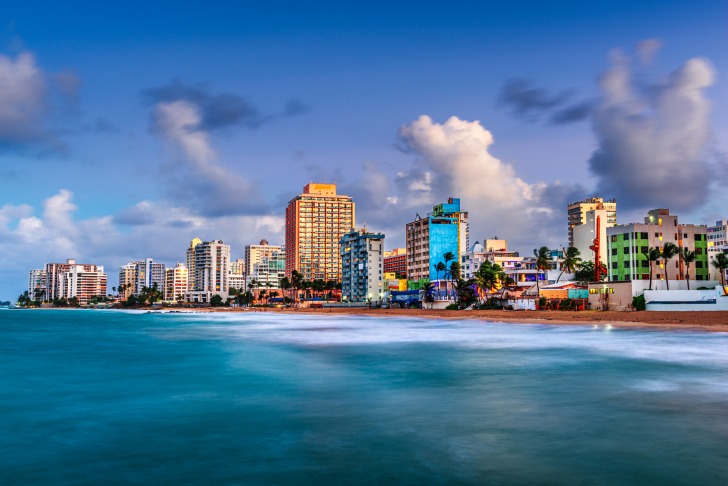
1. San Juan
San Juan, the country’s capital and largest city with roughly 330,000 Puerto Rixians, sits on the Island’s northern or Atlantic coast.
The city’s overall crime rate of 227, and a murder rate of 37 incidences per 100,000.
Criminal activity fueled by gang and gun violence and drug trafficking.
Popular Old San Juan has a noticeable police presence and is considered safe to walk during the day.
It features extensive public transportation.
There are some dangerous areas.
Taking basic precautions should be enough to stay safe, but avoid day or night, the neighborhoods of Santurce, La Perla, Parque de la Palomas, and Puerta de Tierra.
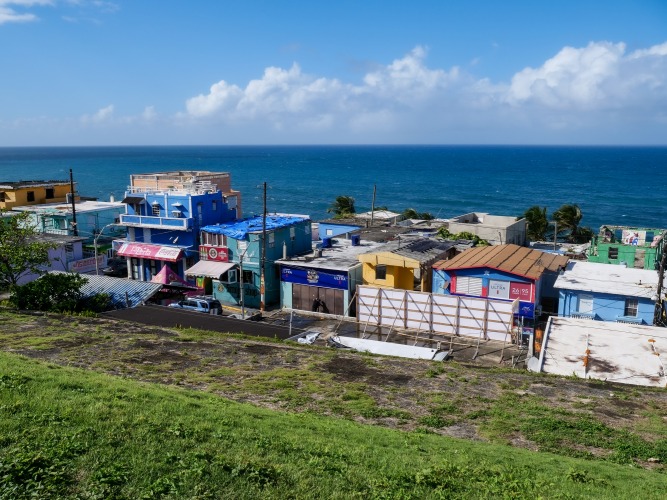
2. La Perla
La Perla is a shanty town established in the 18th century extending roughly 700 yards along the rocky Atlantic coast near Old San Juan.
La Perla, made famous by Puerto Rican singer Luis Fonsi and rapper Daddy Yankee, sits east of the Santa Maria Magdalena de Pazzis Cemetery and San Juan near the Bastion de Animas.
Renowned for high crime rates and poverty, the community is a haven for drug and gang crimes.
And numerous documentaries have referred to the area as “the most dangerous place in Puerto Rico.”
According to the locals and police, avoid the neighborhood unless you have reason to be there.
If you are in La Perla, understand that the community is wary of tourists and disapproves of outsiders.
Keep a low profile and refrain from taking pictures unless given express permission.
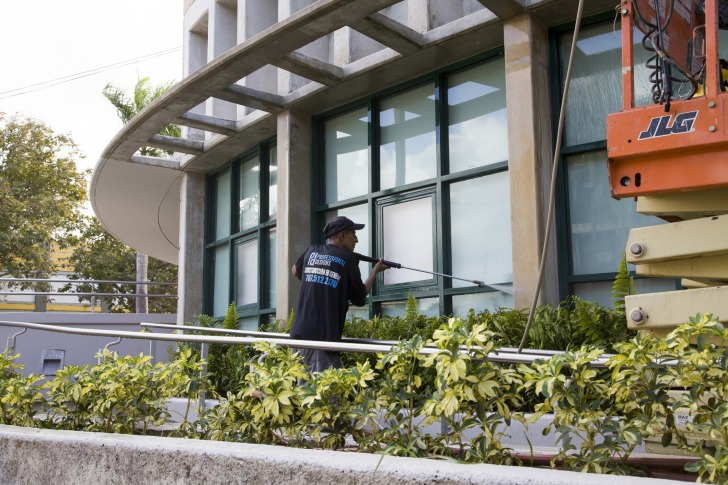
3. Bayamon
Bayamón is spread over 11 barrios southwest of San Juan, with roughly 170,000 residents.
A somewhat diverse area, the city’s proximity to San Juan and the northern coast contributes to its crime rate.
The most recent statistics show Bayamon with 60.57 crimes per 1,000 and 21 homicides per 100,000 Puerto Ricans.
The most prominent offenses are drug, assault, vandalism, and theft. Surprisingly, corruption also ranks high in Bayamon.
Wandering through the area during the day to shop at one of several mercados or relax at the water park is possible, but the place at night is dangerous.
Southeast Bayamon’s Charco Prieto Waterfall is a beautiful hike but always stay in groups.
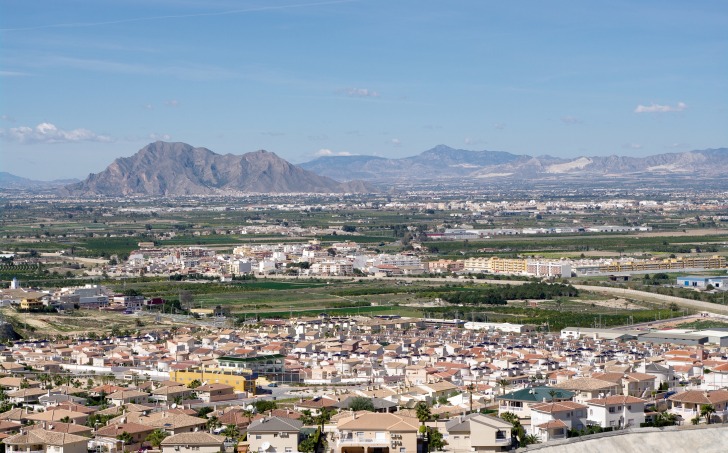
4. Vega Baja
The small suburb of 54,000 residents, Vega Baja, is located on the Island’s north-central coast – east of San Juan.
The city straddles Highway 22. Playa de Vega, the area’s beach, is a coastal area destination.
It is also home to Manantial Tortuguero Spring and Reserva Natural Pantano Cibuco, a nature preserve.
“Melao Melao,” or sugarcane syrup, is the town’s primary product.
Vega Baja sees 50.1 reports per 1,000 residents, with theft and drug-related offenses at the top of the list.
Nighttime beach crime is also a concern.
A crime occurs every three hours, and residents of the northeast have a 1 in 13 probability of encountering crime.
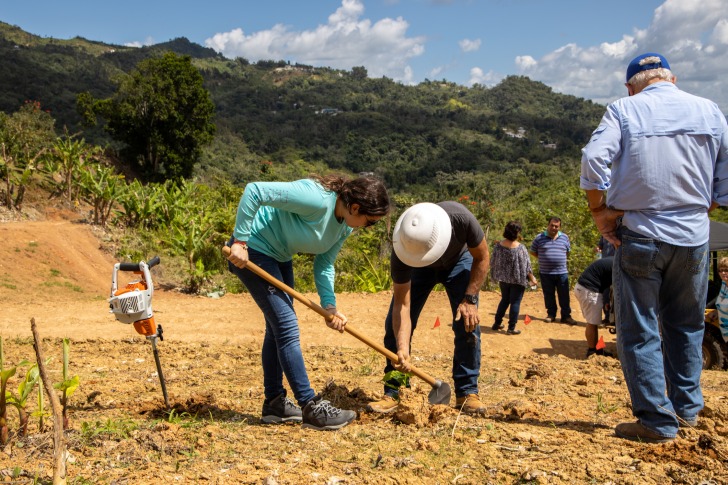
5. Adjuntas
Adjuntas is a small mountain town situated in central midwest Puerto Rixo.
It is nestled in the Bosque del Pueblo, a National Forrest.
Adjuntas has strong ties to its environment and is known for its community-wide solar project and mountain-grown coffee fields.
Crime in Adjuntas surpasses the U.S. average, with an offense reported every 12 hours.
In the northeast region of Aduntas, there is a 1 in 16 chance of experiencing a criminal act, with an overall rate of 40.95 per 1,000 residents.
Vandalism, burglary, and theft are the most common, but your ragtop Jeep is also in danger.
The northwest part of Adjuntas is considered the safest by locals.
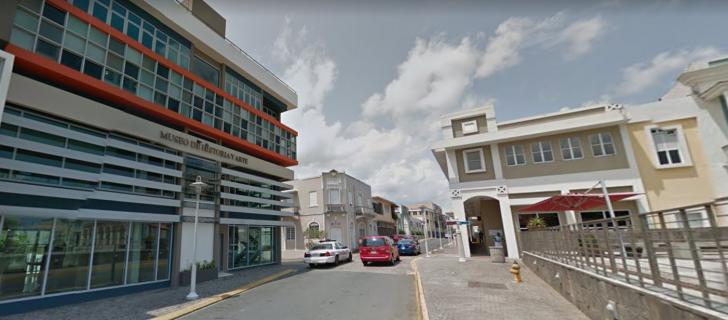
6. Carolina
The 13 barrios of Carolina sit on the Island’s northeast coast immediately east of the capital San Juan.
There are roughly 150,000 people in this thin pie piece.
Part of metropolitan San Juan, it is best known for the “Best Urban Beach” on the Island. – Isla Verde Beach.
This 3-mile stretch boasts stunning ocean views and resort-styled hotels.
However, not all of Carolina is coconut drinks and suntan oil.
Crime occurs every hour, with the east and south being the most dangerous.
This equates to a 1 in 16 probability of encountering crime in these areas – mostly theft, vandalism, and drug offenses.
Cars are also at risk in these areas.
Visiting Carolina can prove relaxing, but caution and safe practices are also necessary.
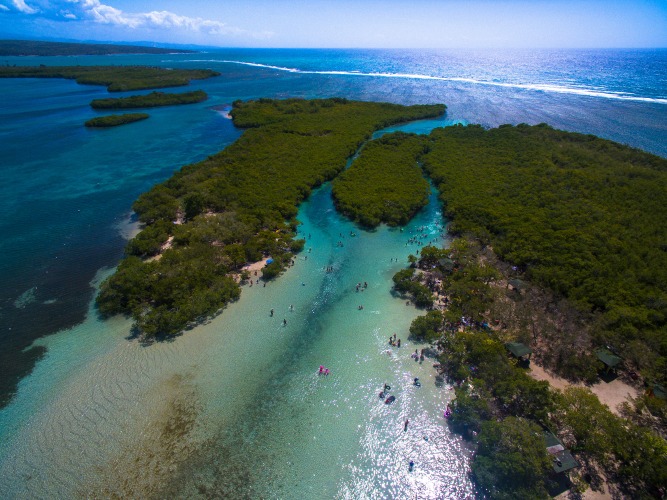
7. Guánica
Guanixa, a minor mangrove key off the southwest coast, is known by many names: a paradise of eternal summer, the town of friendship, and Gilligan’s Island. Guánica is balmy – ranging from 80F to 100F.
Unfortunately, the danger exists, even in paradise.
Pickpocketing and theft are common, and visitors are advised to know their surroundings.
Your chance of being a victim ranges from 1 in 18 in the southeast to 1 in 46 in the west.
And Guanica Municipio records 2.23 violent offenses per 1,000 residents.
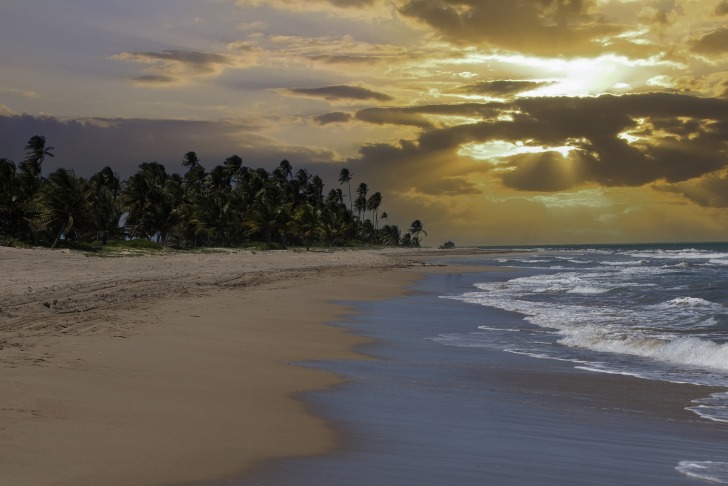
8. Rio Grande
Rio Grande’s eight barrios are part of the northern coastal valley on the Island’s northeast corner.
This small hub is known for El Yunque National Forest, seaside luxury resorts, and Xayo La Manxha – La Manxha Key.
Theft, drug-related crimes, and burglary are the most prevalent, due predominantly to the area’s tourism.
Violent crime in Rio Grande hovers at 2.13, while the overall rate is 50.1 per 1,000 Puerto Ricans – 518 offenses in total.
The northwest part of the city is the most active, with a 1 in 9 chance of encountering violence.
The best advice in Rio Grande is to stay alert and in groups if out at night.
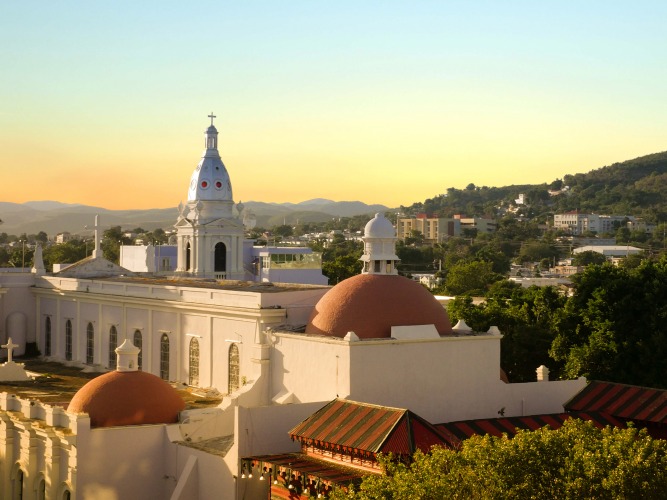
9. Ponce
On Puerto Rico’s south-central coast lies the historic city of Ponce.
Famous for Ponce Creole-style grand mansions and the city’s Museum of Art.
Along the shore, restaurants, clubs, and bars line the Paseo Tablado La Guancha boardwalk.
A crime occurs every 49 minutes in Ponce.
Locals consider the northwest the safest, but the municipality’s overall crime rate of 61 offenses per 1,000 residents.
Statistically, this translates into a 1 in 11 chance of encountering crime in the south and east and a 1 in 31 probability in the northwest.
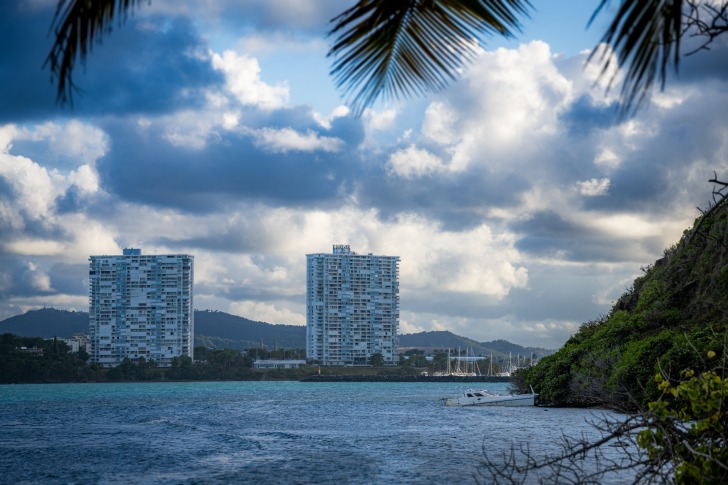
10. Fajardo
Fajardo is a well-known playground for boats and dolphins.
It sits on the northeast tip of Puerto Rico.
A marina, ferry launch, and snorkeling tours pepper the coast.
Cabezas de San Juan Nature Reserve and an 18th-century lighthouse sit just offshore, and further out is Palaminao Island – with luxury resorts.
Unfortunately, Fajardo, in addition to fun-in-the-sun, has a crime rate of 75 incidences per 1,000 residents – mainly assault and robbery.
These statistics are surprisingly high for an area of roughly 1100 people, catamarans, and manatees.
It is thought that the safety factor of Fajardo is affected by the countless day visitors and tourists in the area and is not indicative of localized crime.
However, stay alert and hide your cash if you are at the marina or shopping at the street boutiques.
It is always best to be safe.
5 Safety Tips for Traveling to Puerto Rico
As a U.S. Territory, Puerto Rico is relatively safe for travelers.
However, there are areas within each city where precautions should be taken or avoided altogether.
Here are a few safety tips when traveling to Puerto Rico:
- Be cautious in crowded areas and keep track of all belongings. Teams of pickpockets and thieves look for easy targets at resorts and beaches.
- Be wary of strangers. Avoid those who surprise you by offering a ride or selling souvenirs.
- Be careful when using ATMs. Find machines in bank or hotel buildings. Protect your information and avoid carrying large sums of cash. Always assume someone is always watching.
- Know the Blue Laws. These laws make drinking on the streets in several towns, including Old San Juan, illegal.
- Learn some Spanish. Even one or two expressions can be helpful in an emergency or asking for directions. Translation apps are also beneficial.
Puerto Rico Safety Overview
READ THE FULL REPORT: Puerto Rico Safety Review
Safety Index: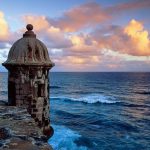
- OVERALL RISK: MEDIUM
- TRANSPORT & TAXIS RISK: MEDIUM
- PICKPOCKETS RISK: MEDIUM
- NATURAL DISASTERS RISK: MEDIUM
- MUGGING RISK: MEDIUM
- TERRORISM RISK: LOW
- SCAMS RISK: MEDIUM
- WOMEN TRAVELERS RISK: LOW
Frequently Asked Questions
Is Puerto Rico Safe for Solo Travel?
Puerto Rico is safe for solo and female travelers.
Its people are warm, and the island’s food and hospitality are legendary.
There are areas to avoid at night.
And general precautions are always good practice.
What Language is Spoken in Puerto Rico?
The national language of Puerto Rico is Spanish.
But as a United States Territory, most younger residents speak both languages, Spanish and English.
What Is Puerto Rico's Currency?
Since Puerto Rico is a U.S. territory, it uses the U.S. dollar.
Residents are American citizens, and American travelers can visit the Island without carrying a passport.
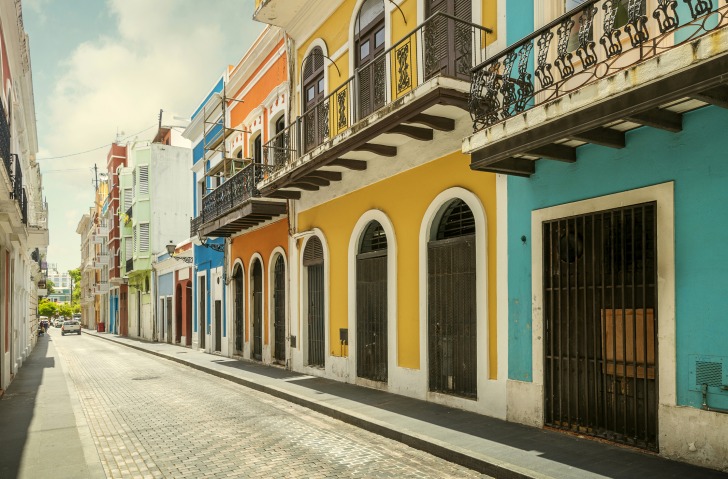
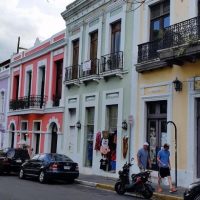
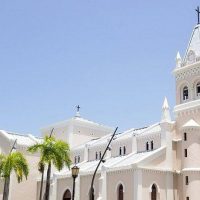
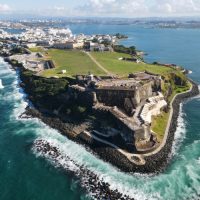
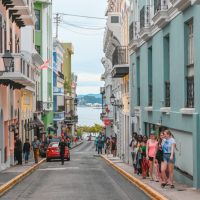
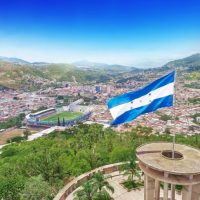






Thank you, for visiting Puerto Rico. May your stay be a pleasant one.